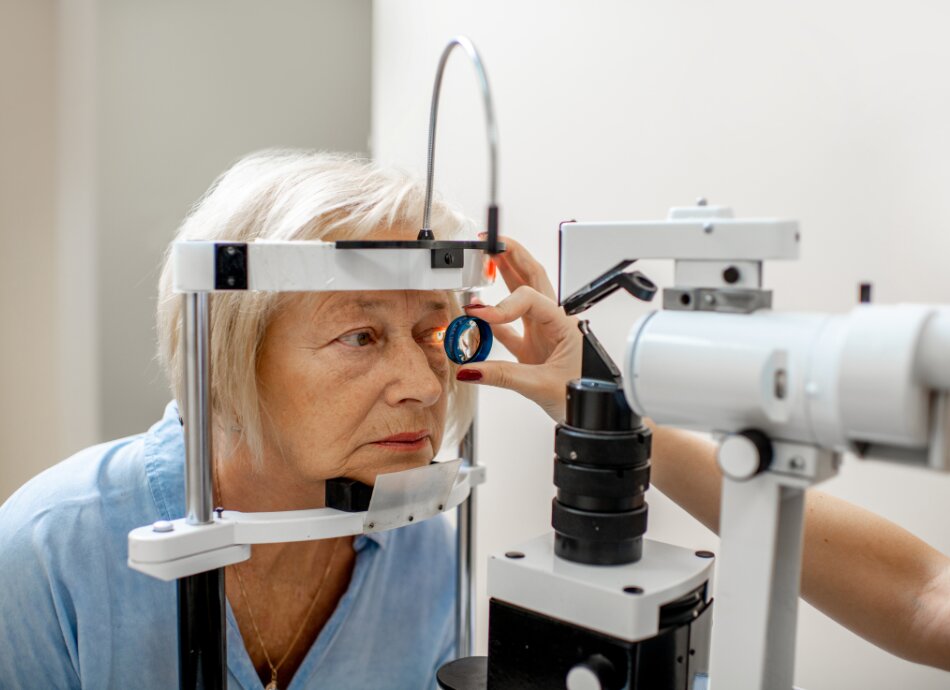Cataracts are treated with surgery (an operation). They can be treated at any stage. There is no need to wait for the cataract to ‘ripen’ before it can be treated, although this is a common misconception.
Normally, cataract surgery is a short procedure, lasting about 45 minutes.
- Most people stay awake during cataract surgery but have a light sedative to relax them during the treatment.
- Often your eye can be numbed with anaesthetic jelly or by using a blunt needle.
- It is typically a day procedure, and you don't need to stay in hospital overnight.
- Most people find this a very comfortable operation.
Treatment involves removing the cloudy natural lens inside your eye. Once the hazy cataract has been removed, a new clear plastic lens is inserted through a small cut (less than 2mm) into your eye. The new lens can't be rejected by your body and can't go cloudy like your natural lens can.
If both eyes need cataract surgery, they will be operated on at different times, to prevent the risk of infection from one eye to another.
Improving eye focus
Special types of lens implants (intraocular lenses) are implanted at the time of cataract surgery to improve the focus of your eye and remove the cloudy vision. Careful measurements of your eye are performed before surgery to help to choose an appropriate implant that minimises near-sightedness, far-sightedness and/or astigmatism.
Although the newly implanted lens is very clear and transparent, it can't change focus in the same way as a young person’s natural lens does. This means reading glasses are often still needed afterwards.
However, special implants, called multi-focal and extended depth of focus intraocular lens, can also be used to reduce the need for reading glasses after the surgery.
Your ophthalmologist will discuss these options with you at the preoperative assessment.







